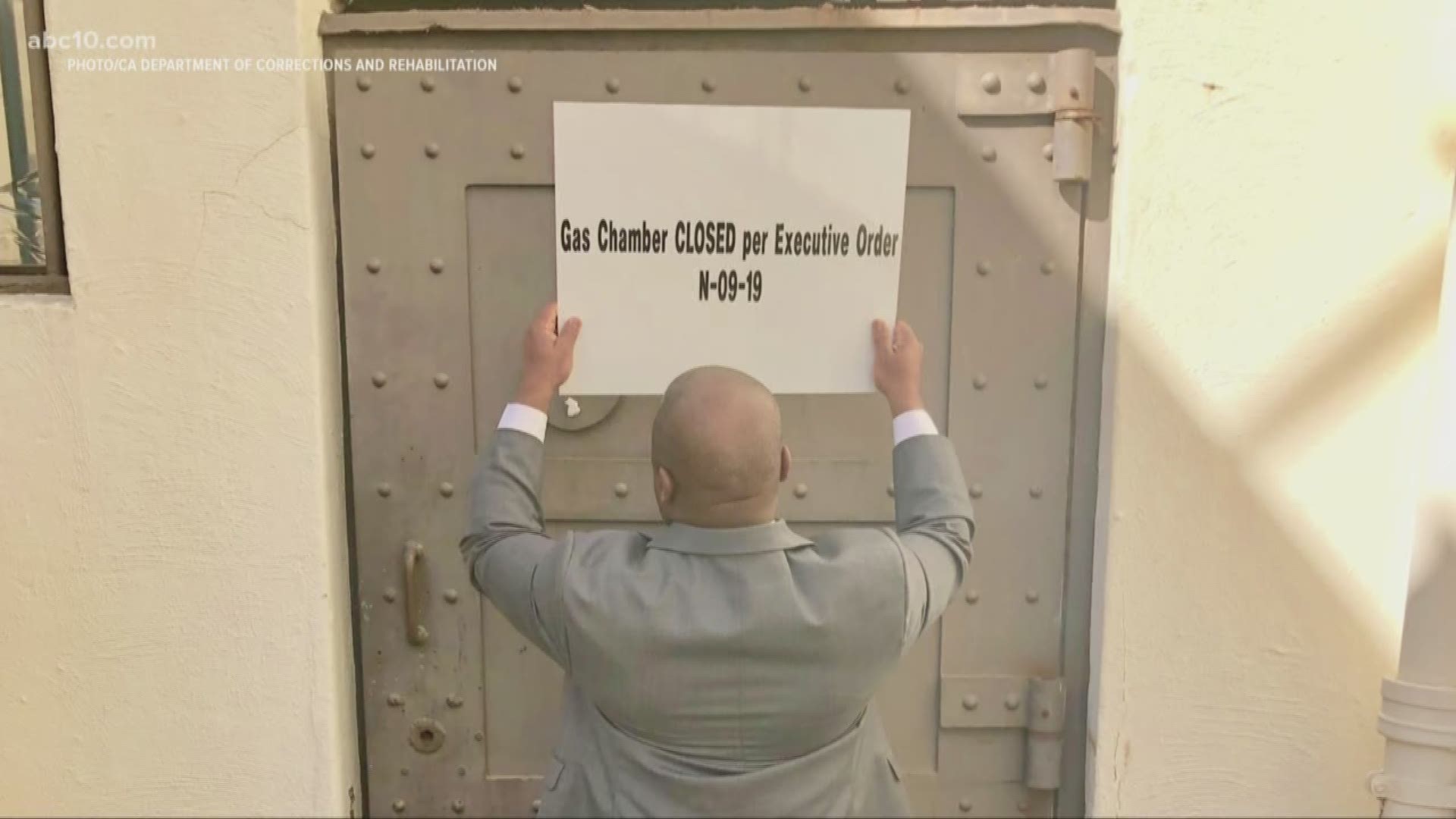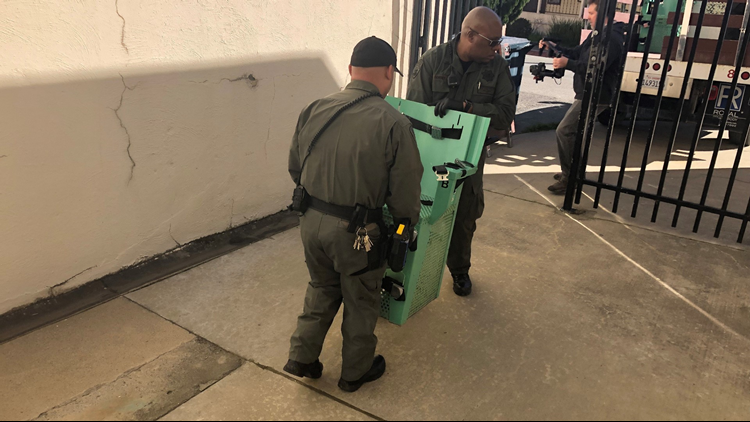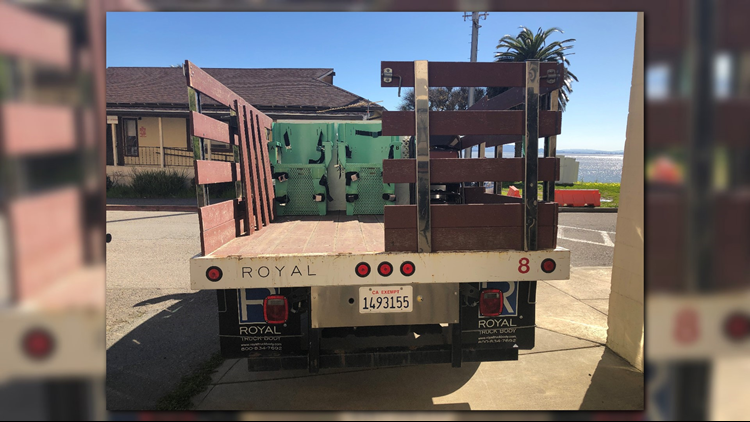There is no doubt that the death penalty has been a contentious issue in California and across the world.
On Wednesday, California’s Gov. Gavin Newsom signed an executive order that will put a temporary halt the execution of death row inmates.
Some civil rights advocates, legal experts, and lawmakers are applauding the governor’s decision. However, some say the governor may have overstepped his authority and could face legal challenges.
“The death penalty, since I’ve started working on it, maybe in the history of mankind, it’s always been a political issue,” said Ellen Kreitzberg, a professor of law at Santa Clara University. “So, I’m sure there will be political repercussions to taking this step.”
She has studied and taught about the death penalty in California for the past 40 years. While she supports the governor’s actions and says they show important leadership, she also says he’s likely to face legal challenges.
“I think there is no question that the governor is acting within his legal rights,” said Kretizberg. “But, it’s important to be clear what he has done and what he has not done.”
So, let's take a look at what powers California’s governor has in these situations.
The authority of the governor
The California Constitution lays the authority of the governor to issue executive orders and to grant clemency of prisoners.
The governor has nearly absolute authority to grant reprieves, pardons or commutations of sentences of prisoners.
Although, the few limitations include that clemency may only be granted to people who have been sentenced.
If a person has been convicted of a felony more than once, the clemency must also be approved by the California Supreme Court.
The governor may supersede or enact state law through an executive order.
The death penalty executive order
In a press conference at the State Capitol building in Sacramento, Newsom announced resoundingly that he would not oversee the execution of any person while in office.
The governor says he called for the closure because the state's death penalty system is unfair, unjust, and wasteful.
The order places an immediate moratorium on the death penalty in California. All prisoners sentenced to death in California are granted a reprieve, meaning their death sentences will be postponed, so long as the order stays in effect.
The order repeals California’s lethal injection protocol.
The order calls for the immediate closure of the death chamber at San Quentin Prison. The California Department of Corrections and Rehabilitation shared images Wednesday afternoon of the San Quentin lethal injection and gas chamber being dismantled.
Execution chamber dismantled at San Quentin State Prison
Legal expert raises concern
“These family members of murder victims and the jurors who sat through these horrific cases, and heard all the facts in these cases and rendered these verdicts, these are the ones the governor is going to have to answer to,” said Michele Hanisee with the Association of Deputy District Attorney’s, which represents 1,000 deputy district attorney’s in Los Angeles County.
In 2016, California voters struck down a ballot measure that would have removed the death penalty. Furthermore, voters approved a measure meant to speed up the process for those on death row under proposition 66.
Amendments to the state’s death penalty laws under that ballot measure require that the “Department of Corrections and Rehabilitation, or any successor agency with the duty to execute judgments of death, shall maintain at the ability to execute such judgments.”
The dismantling of the death chambers at San Quentin could open the governor up to legal challenges, said Hanisee, who helped write the ballot measure. She went on to criticize the governor for his use of executive powers.
“It’s ironic that just last month the governor stood next to our attorney general and announced a lawsuit on behalf of California and other states suing President Trump for his use of the emergency act powers to override the legislative authority of Congress,” Hanisee said. “And that’s exactly what he’s doing here. He’s using his executive authority to override the legislative authority of the citizens.”
While much of the governor’s executive order will likely remain in place, it’s possible that the order will face challenges by district attorneys or family members of victims in the near future.
Continue the conversation with Giacomo on Facebook.
________________________________________________________________
California Gov. Gavin Newsom has signed an executive order putting a moratorium on executions in the most populous state.









